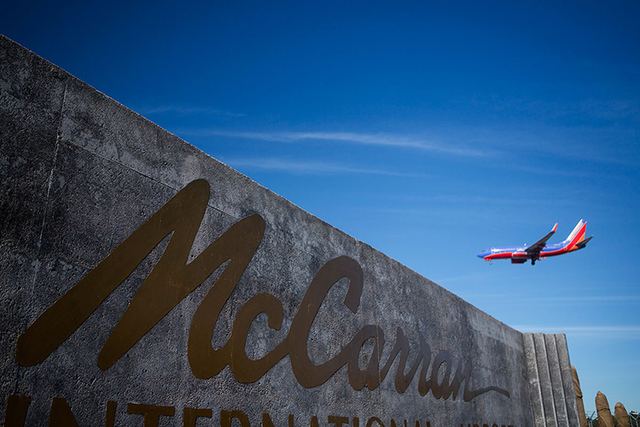Travelers welcome airline performance improvements
DALLAS — At the height of this summer’s travel season, airline flights were more likely to arrive on time and less likely to be canceled than they were last year.
The improvement in airline performance in July was a welcome break for travelers. Over the first six months of 2014, delays were the highest since 2008 and cancelations the highest since 2000.
The U.S. Department of Transportation said Wednesday that among 14 of the largest airlines, 75.6 percent of flights arrived on time in July, up from 73.1 percent in July 2013 and from June 2014’s 71.8 percent rate.
The airlines covered by the report canceled 1.6 percent of their trips, down from 1.7 percent a year earlier and 2 percent in June.
The best for arriving on time were Hawaiian, Delta and Alaska, all above 84 percent.
At the bottom of the rankings: JetBlue Airways and Southwest Airlines, with nearly one in three flights arriving late.
JetBlue spokesman Morgan Johnston said the airline was making better use of spare planes and adjusting staffing in its operations center to handle delays during summer thunderstorms. He said the airline’s August numbers, not yet released by the government, were better.
Southwest had a pattern of consistently late arrivals on many routes. According to the government, Southwest ran late more than half the time in May, June and July on three short daily flights — a 6 p.m. Houston-Dallas trip, a 7:45 p.m. flight from Los Angeles to San Francisco, and a 9 p.m. Las Vegas-Phoenix flight. No other airline had any flights that were tardy so often for so long.
Another 108 Southwest flights regularly ran late for two straight months. No other airline had more than six such chronically delayed flights.
Southwest has struggled to fly on time since tightening its schedule in August 2013. Senior vice president of operations Greg Wells said that the airline thought it could boost revenue by adding 16 planes’ worth of new flights without increasing the fleet.
“We gave it our best shot,” Wells told reporters this week. “The combination of weather, higher load factors (fuller planes) and things like that just caused our on-time performance to plummet.”
Wells said the airline “stopped the bleeding” by focusing on starting morning flights on time, putting more time between connecting flights, and allowing more time to unload and load planes. Since Aug. 24, he said, the airline has been running at 84 percent on-time.
The Department of Transportation said that two flights in July — one by Spirit Airlines and another by US Airways — were stuck on the tarmac longer than the allowed three hours. The airlines could face fines.
There were 10 reports of pets that were lost, injured or died during flights, down from 11 in June. That only covers pets that were accompanied by their owners. Beginning Jan. 1, the Department of Transportation will require airlines to report deaths of cats and dogs that are shipped by breeders too.






















